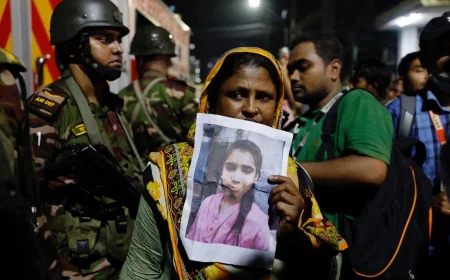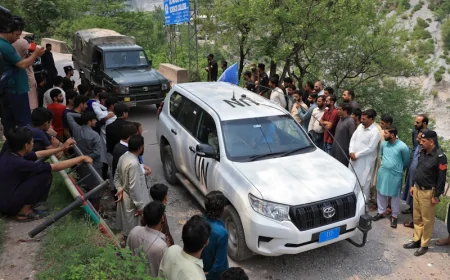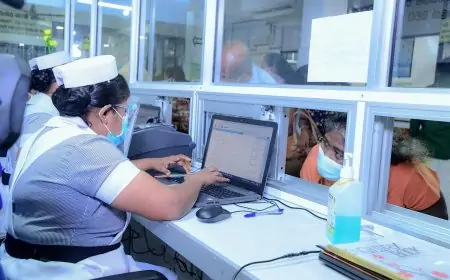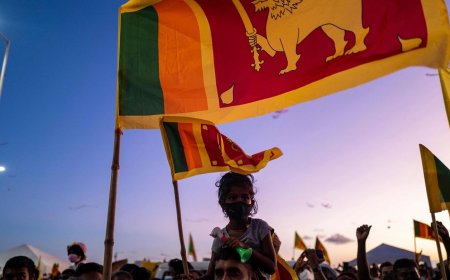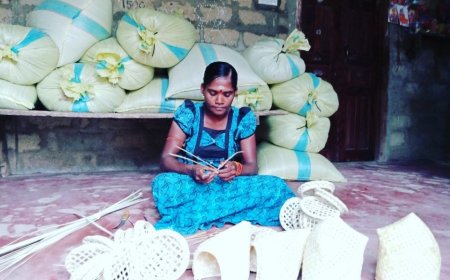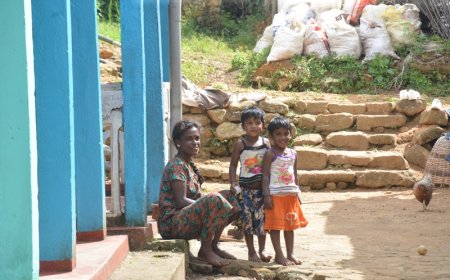Dhaka Factory Fire Disaster Kills Sixteen; Safety Violations Emerge
Initial investigations quickly revealed severe safety lapses. According to Chowdhury, neither the garment factory nor the chemical warehouse had approval or any fire safety plan.
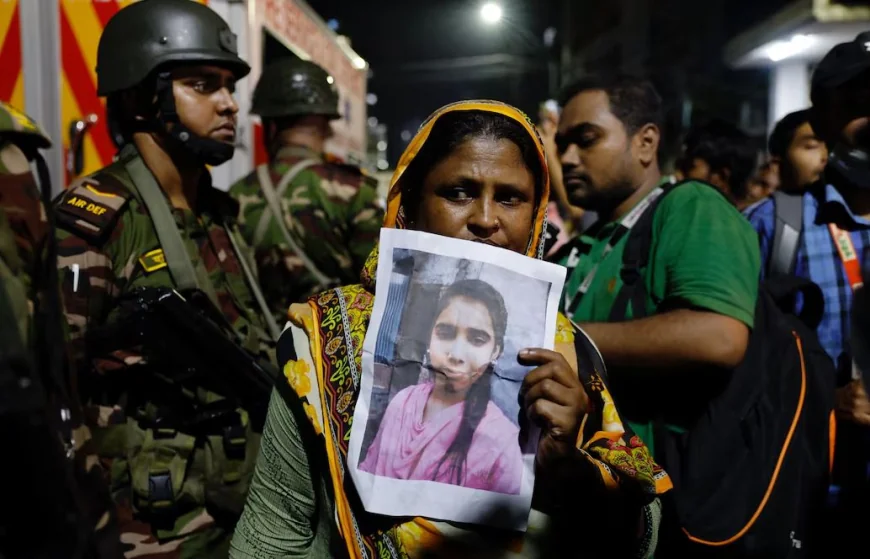
Dhaka, Bangladesh – A devastating fire that broke out on Tuesday at a garment factory and an adjacent chemical warehouse in Bangladesh's capital, Dhaka, has resulted in the deaths of at least 16 people, with others injured. Authorities indicate that the death toll may continue to rise as recovery operations are ongoing.
The immediate cause of the blaze remains unknown. Tajul Islam Chowdhury, the fire service director, confirmed that sixteen bodies were recovered from the second and third floors of the garment factory.
The fire began around midday on the third floor of the four-storey factory located in the Mirpur area of Dhaka. Witnesses stated the fire subsequently spread to a nearby chemical warehouse. The warehouse was reportedly storing materials such as bleaching powder, plastic, and hydrogen peroxide.
Firefighters managed to bring the factory blaze under control after nearly three hours, though the fire at the warehouse continued to burn.
Initial investigations quickly revealed severe safety lapses. According to Chowdhury, neither the garment factory nor the chemical warehouse had approval or any fire safety plan.
Furthermore, the owners of the factory have yet to be identified, and the police and the army are currently attempting to locate them.
Initial findings suggest the garment factory had a tin roof and a grilled door that was kept locked, preventing workers from reaching the upper level. The situation was compounded by the contents of the warehouse: "The chemical explosion caused a flashover that released toxic gas, leaving many unconscious and trapping them inside". Victims were unable to escape either upward or downward.
Due to the severity of the burns sustained by the victims, Chowdhury stated that DNA testing may be the only way to identify them.
Relatives, some clutching photographs, gathered desperately in front of the blackened ruins searching for their loved ones, including a father searching for his daughter, Farzana Akhter.
Muhammad Yunus, the head of Bangladesh’s interim government, expressed deep sorrow over the incident and urged authorities to investigate the matter and provide support to the victims and their families.
This tragedy highlights the ongoing issues within Bangladesh's crucial garment sector. Poor fire and building safety standards lead to dozens of such disasters in the country every year. The garments sector employs 4 million people and contributes more than 10% of the country’s gross domestic product (GDP).
In 2012, 112 workers were killed in a fire at Tazreen Fashions, a factory supplying global brands.
A year later, the collapse of the eight-storey Rana Plaza building killed 1,135 garment workers, generating widespread public outrage globally regarding the human cost associated with cheap clothes.








